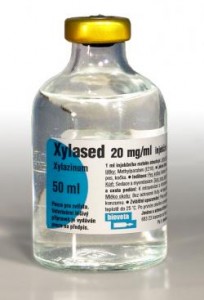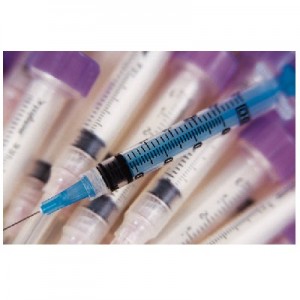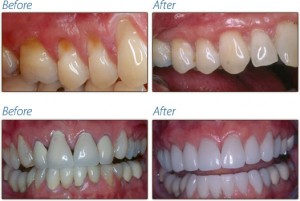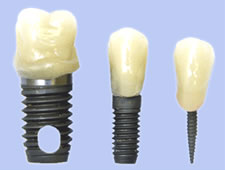- Complex facial fractures: Such fractures can be reconstructed best after open reduction and fixation of the mandibular segments to provide a stable base for restoration.
- Condylar fractures: Although strong evidence supporting open reduction of condylar fractures is lacking, a specific group of individuals benefit from surgical intervention. The classic article by Zide and Kent lists absolute and relative indications for open reduction of the fractured mandibular condyle.Palmieri et aland De Riu et aldemonstrated better long-term range of motion and occlusion in patients with condylar factures treated with ORIF versus closed reduction and MMF. Continue reading
Category Archives: Oral Surgery
Mandibular fractures Part 2
The effect of muscle action on the fracture fragments is important in classification of mandibular angle and body fractures. Angle fractures may be classified as (1) vertically favorable or unfavorable and (2) horizontally favorable or unfavorable. The muscles attached to the ramus (masseter, temporal, medial pterygoid) pull the proximal segment upward and medially and the symphysis of the mandible is displaced inferiorly and posteriorly by the pull of the digastric, geniohyoid, and genioglossus muscles. Continue reading
Mandibular fractures Part 1
Mandible fractures are a frequent injury because of the mandible’s prominence and relative lack of support. As with any facial fracture, consideration must be given for the need of emergency treatment to secure the airway or to obtain hemostasis if necessary before initiating definitive treatment of the fracture. Continue reading
Complications of Injections (Part 2)
EDEMA
Causes:
Trauma during injection
Injection of irritating solution
Infection, hemorrhage
Allergy (Angioedema)
Problems:
Pain & dysfunction
Airway obstruction
Complications of Injections (Part 1)
Introduction
An “anesthetic complication†may be defined as any deviation from the normally expected pattern during or after the securing of regional analgesia.
Can be divided into 2 groups:
Those attributed to solutions used e.g. toxicity, idiosyncrasy, allergy, anaphylactoid reactions, infection caused by contaminated solutions, local irritation or tissue reaction
Those attributed to insertion of needle e.g. syncope, muscle trismus, pain or hyperalgesia, edema, infections, broken needles, hematoma, sloughing etc.
How to Quickly Stop Bleeding from Tooth Extraction
After one or more teeth have been removed, you will want to do all the right things for the area to heal quickly and smoothly. This requires that a blood clot is formed. The blood clot covers the extraction site and allows the area to heal. A lot of the tips below help the blood clot to form properly and not become dislodged. Continue reading
Is your last tooth giving you problems?
A tooth that is partially erupted or unerupted, beyond the date of eruption is defined as an impacted tooth. Any unerupted tooth can be termed as impacted only when root formation is complete and yet retained in an unerupted position.
Healing Dental Implant Surgery with PRP
Grafting has been used in Periodontal therapy and implants as a mean to reestablish the loss periodontal apparatus (alveolar bone, periodontal ligament, and cementum). Connective tissue graft also allowed to reestablish the gingival contour and architecture for the harmony and esthetic of the smile. In the past, these procedures can be enhanced by the use of membrane as the physical barrier to prevent epithelial and tissue migration in the graft site which may lead to contact inhibition of bone cell migration. Today, another breakthrough in the surgical procedure is the use of autologous platelet rich plasma (PRP) to improve surgical outcomes by accelerating the body’s natural healing process. Continue reading
What are the complications of tooth extraction?
Extracting teeth may be one of the most commonly done procedures in a dental setting, but few are aware of the complications associated with the procedure. This is just to name some of them: Continue reading
Continue reading
Benefit of Mini Denture Implants
In this modern world of everything getting smaller and working better, why should the same engineering principles not apply to dental implants? With the advent of titanium alloy, we can create stronger mini dental implants that are around half the size of a regular dental implant and just as strong. With over 30 million Americans without teeth, there is a huge demand for dentures that don’t move when patients try to eat. Most of these patients have not been offered dental implants for lots of reasons. More often than not, it is because of the high cost of implant treatment. Continue reading



